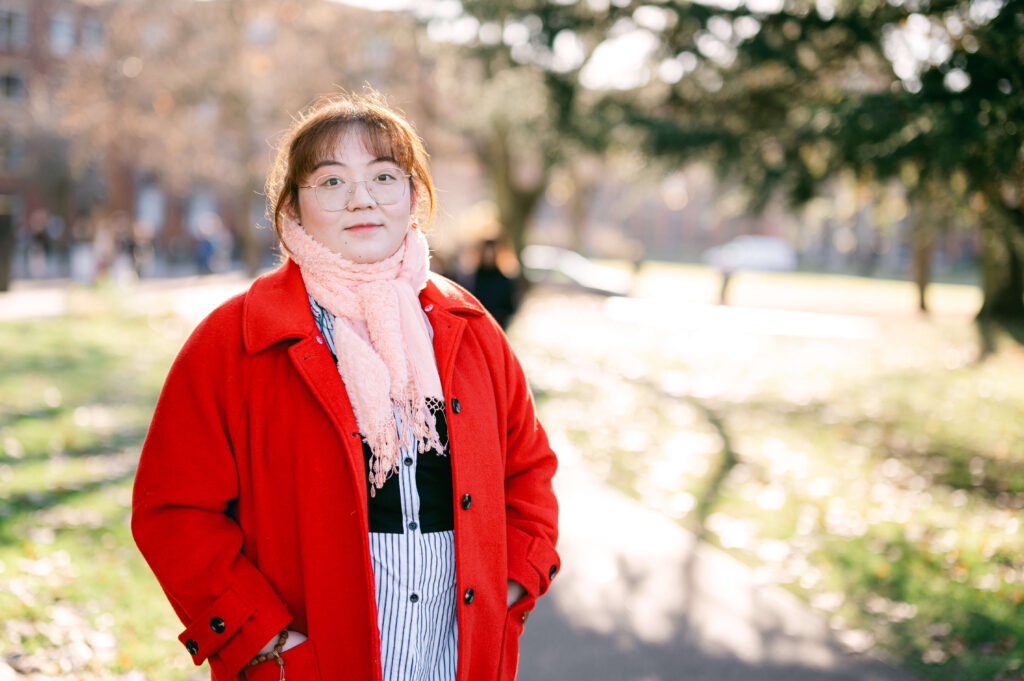MA International Heritage Management student Jiajia tells us what she learnt from the study trip to Wroxeter Roman City as part of her course.
As a postgraduate student in International Heritage Management, I have had the privilege of engaging with heritage sites not only through academic study but also through immersive field visits. One such enriching experience was our recent study trip to Wroxeter Roman City/ On this trip we explored the site’s historical significance, conservation challenges, and role in heritage interpretation.

The Location: A Glimpse into Roman Britain
The trip took us to Wroxeter Roman City, located in Shropshire, England. Known in antiquity as Viroconium Cornoviorum Wroxeter was one of the largest Roman settlements in Britain. Today, its well-preserved ruins provide valuable insights into Roman urban life and the infrastructure that sustained one of the most advanced civilizations of the ancient world.
Notable Features of the Site: Reconstructing the Past
What I found particularly fascinating about this site was its experimental archaeology—specifically the reconstructed Roman townhouse. This effort allows visitors to visualize how Romans once lived and interacted within their homes, providing an immersive experience that traditional ruins cannot convey.
The ruins of the basilica, forum, and bathhouse also offered a glimpse into the complexities of Roman urban planning and the architectural sophistication of Roman Britain. The way these elements were presented sparked insightful discussions on historical authenticity and how reconstructed elements can complement the understanding of ancient life.
How this links to my studies
From this experience, I gained a deeper understanding of the challenges faced by heritage sites in terms of conservation and public engagement. The site is managed by English Heritage, and during the visit, we learned about the ongoing preservation efforts needed to protect such a significant historical site from environmental damage. I also learned about the delicate balance between maintaining historical authenticity and ensuring that the site remains accessible and engaging to the public. This is a central theme in heritage management, and it was invaluable to see these concepts in action.
The opportunity to witness heritage interpretation first-hand reinforced how crucial it is to balance educational goals with the visitor experience. We discussed how reconstructed elements, like the Roman townhouse, can serve as tools for better understanding the past, but also how they must be handled with care to avoid distorting history.
Real-world context
This visit directly relates to our studies in International Heritage Management by providing a real-world context for the theoretical knowledge we gain in class. It highlighted many of the issues we have discussed in relation to site management, conservation ethics, and public history. It was an eye-opening experience that demonstrated the importance of interdisciplinary collaboration. This can be between archaeologists, historians, and heritage professionals. It shows the importance of collaboration in ensuring the long-term preservation of heritage sites like Wroxeter.
Additionally, this trip emphasized the importance of community engagement and the role of heritage sites in fostering national identity. Just as we study in our course, it became clear that heritage sites are not just physical places;. They are also spaces of cultural significance, where history, identity, and memory intersect.
This trip was an invaluable extension of our coursework at the University of Birmingham, offering practical insights into the challenges and opportunities faced by heritage professionals. It was a chance to reflect on how heritage management plays a role in shaping the way we understand the past and engage with it in the present.
